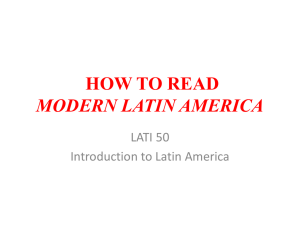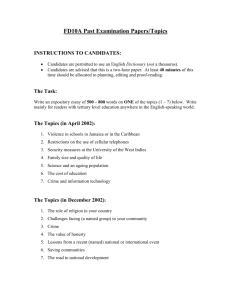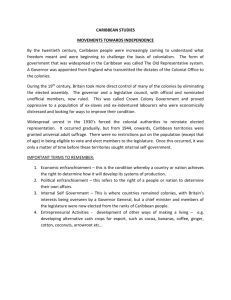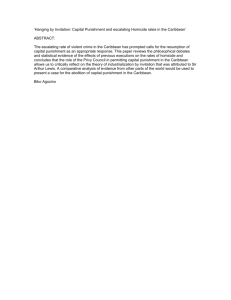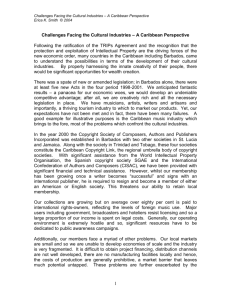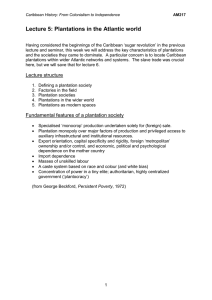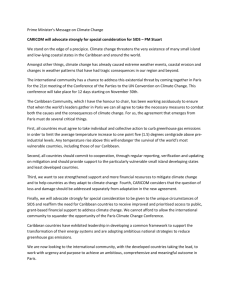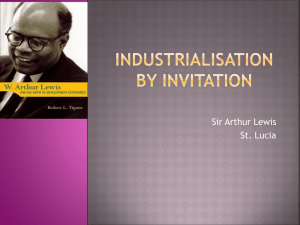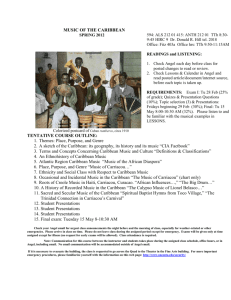How to Read Modern Latin America
advertisement
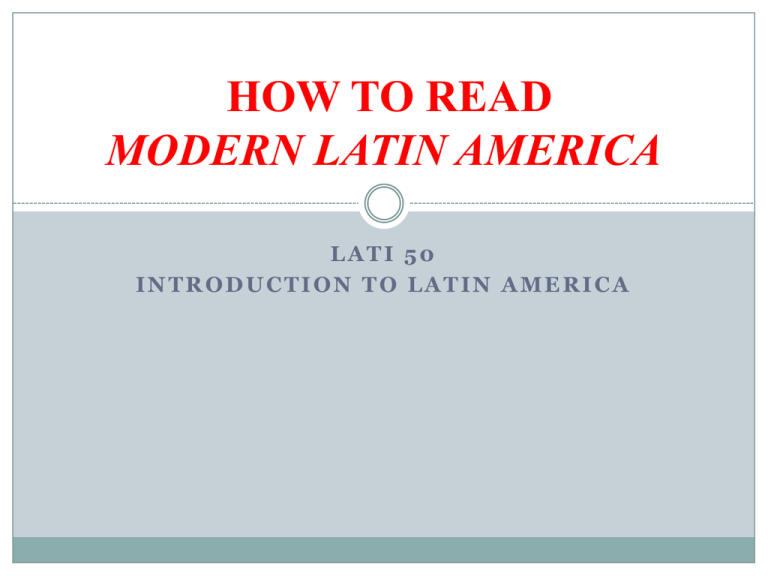
HOW TO READ MODERN LATIN AMERICA LATI 50 INTRODUCTION TO LATIN AMERICA … and learn to love it! CASE STUDIES Mexico: The Taming of a Revolution Central America and the Caribbean: Within the U.S. Orbit Cuba: Key Colony, Socialist State The Andes: Soldiers, Oligarchs, and Indians Colombia: Civility and Violence Venezuela: The Perils of Prosperity Argentina: Progress and Stalemate Chile: Repression and Democracy Brazil: The Awakening Giant ANALYTICAL THEMES economic transformations induce social changes which, in turn, lead to political consequences shifting alliances among social class groups give shape to patterns of political conflict over time a country’s place in the international division of labor defines the shape of available paths to economic growth differences in economic processes have produced different forms of social structure and patterns of social change SOCIAL STRUCTURE Upper Class: Urban (industrialists, bankers) Rural (landowners) Middle Class: Urban (merchants, lawyers, etc.) Rural (small farmers) Popular/Lower Class: Urban (workers) Rural (peasants, campesinos) National Institutions: State (including military) Church External Sector: Economic (investors, merchants) Political (foreign governments) CHRONOLOGY OF CHANGE Liberal Era (1880s-1920s) Export-import development Oligarchs and strong men Import-Substitution Industrialization (1930s-1970s) Industrialization Populism and dictatorship Socialist Alternative (1950s-1980s) Revolutionary movements State-controlled economies Neoliberalism (1980s-present) Pro-market policies Democracy (of sorts) COMPARING POLITICS Mexico: Revolution of 1910 + dominant-party system Central America and Caribbean: plantation society, U.S. influence, dictatorship and protest Cuba: plantation society, socialist revolution, resistance to United States Question A: Compare Mexican and Cuban revolutions Question B: Trace colonial legacies in Mexico and CA + Caribbean Question C: Why not more revolutionary ferment in CA + Caribbean? THE MLA WEBSITE Address: <library.brown.edu/modernlatinamerica> Overall structure Documents 35, 37
